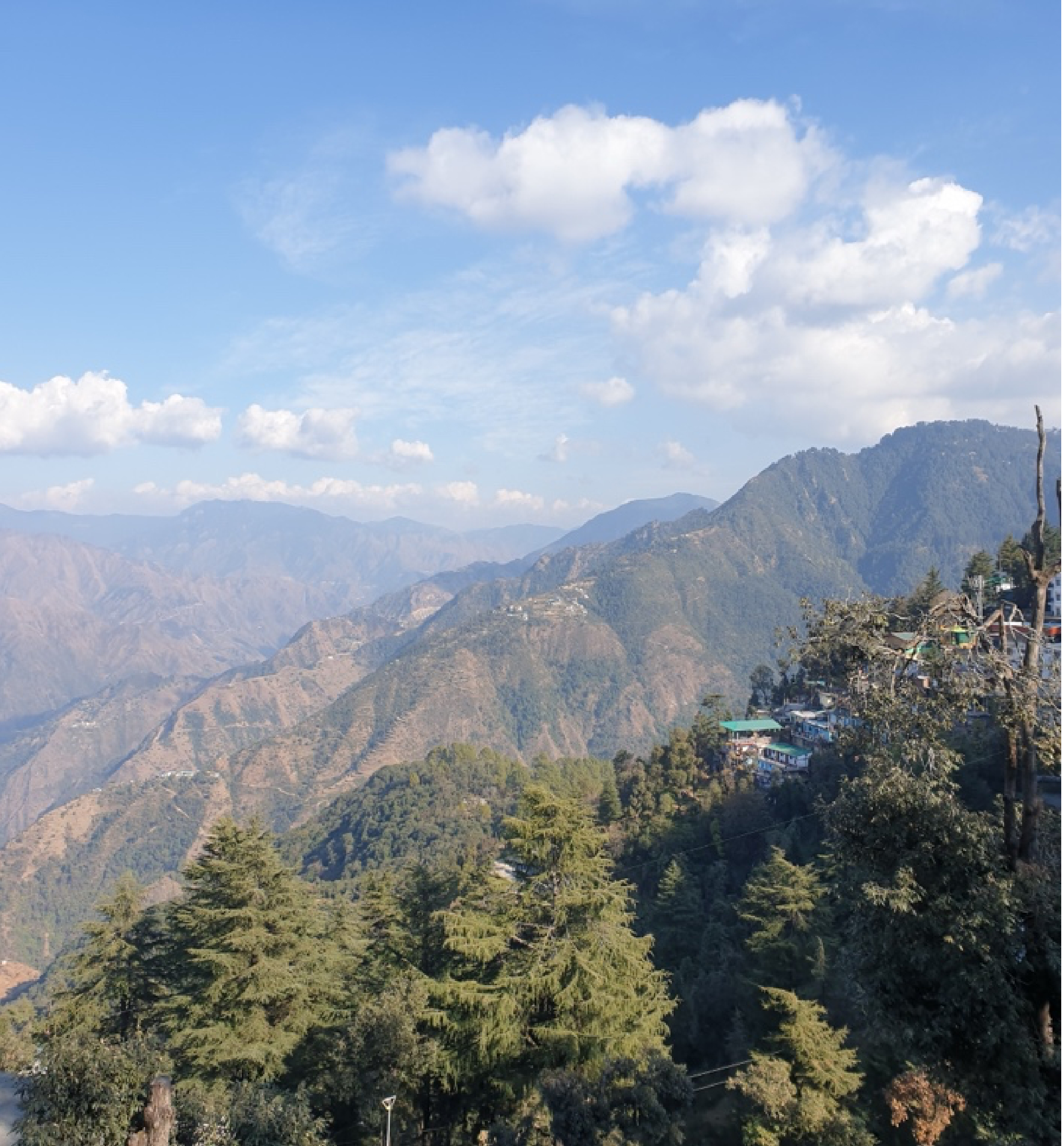The earthquakes and aftershocks which struck Nepal in 2015 had an enormous impact on the country’s poorest communities. The effect on Nepal’s children has been particularly severe. Although Nepal has made some progress on education in the past decade, the 2015 earthquake threatens to undo this work entirely. An estimated 28,000 schools have been damaged or destroyed by the earthquake; teacher absenteeism is set to soar, especially in the most remote districts; books, teaching equipment and other education resources have been permanently lost and there was a high probability that many students will never return to education.
 Following a comprehensive field assessment, Pragya undertook a post-disaster education rehabilitation programme with the objective of restoring access to primary education, improving teaching standards and creating safe, supportive learning environments for over 1,000 children in 8 poor rural communities in Nepal.
Following a comprehensive field assessment, Pragya undertook a post-disaster education rehabilitation programme with the objective of restoring access to primary education, improving teaching standards and creating safe, supportive learning environments for over 1,000 children in 8 poor rural communities in Nepal.
After consultations with teachers and School Management Committees (SMCs), a range of Teaching and Learning Materials (TLMs) were distributed in schools that had lost or damaged its stock in Dhading and Sindhupalchok. Basic TLMs included: blackboards, whiteboards, flipcharts, marker pens, wall clocks, globes, maps, atlases, dictionaries, alphabet boxes, shapes boxes, counting games, learning charts (animals, birds, human body, insects, flowers, etc.), story books (English and Nepali), crayon sets, drawing and colouring books, stationery sets, and scrabble games. Science and Mathematics Learning kits were also distributed that comprised: microscopes, slides, test-tubes, slides, bar magnets, stop watches, prisms, weighing machines, geometry sets, compasses, rulers, and a range of educational charts and table books.
The TLMs were distributed during a ceremony organised at each school in presence of representatives from Parents-Teachers Association, SMCs, teachers and students. In addition, teachers were given orientation to proper use of the learning materials to obtain maximal learning. Teachers were also trained for psychological and trauma counselling to support students affected by the disaster. The Teachers have expressed satisfaction that the material has helped them in teaching various new concepts to the children. They reported that with the help of the TLMs and TLAs, they are being able to upgrade the instructional quality of the school and increase the students’ learning and comprehension of the subjects, thereby improving their learning achievement and contributing to improved attendance and reduced drop-outs.





No comments:
Post a Comment